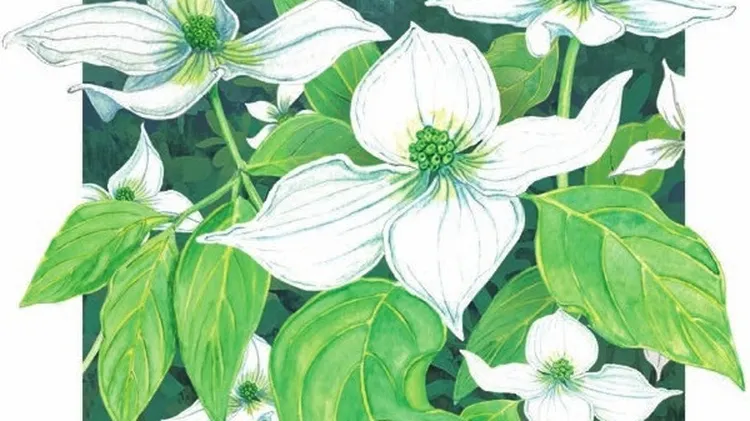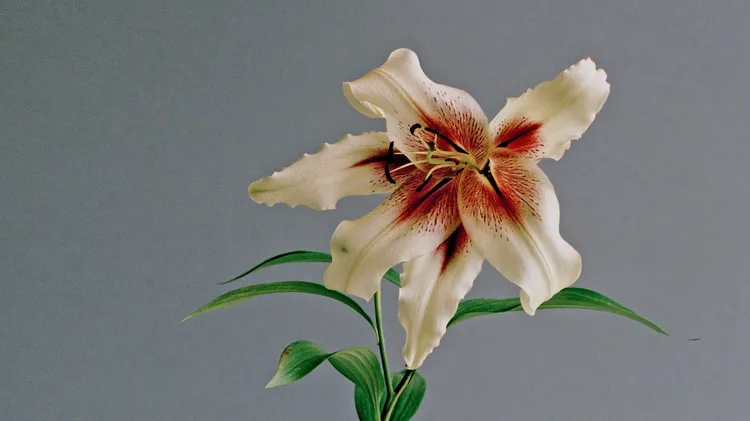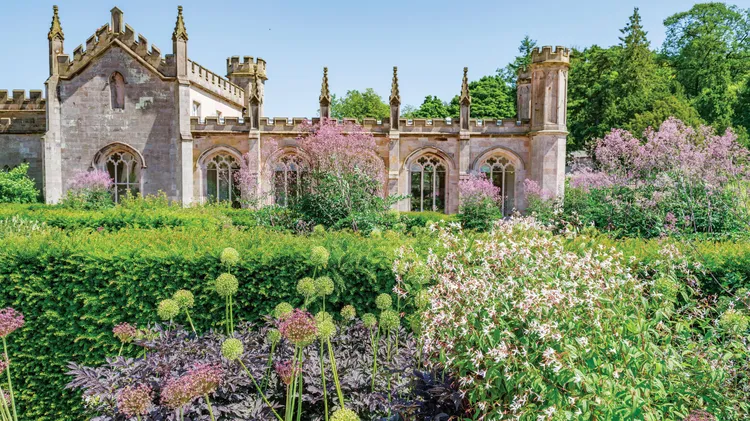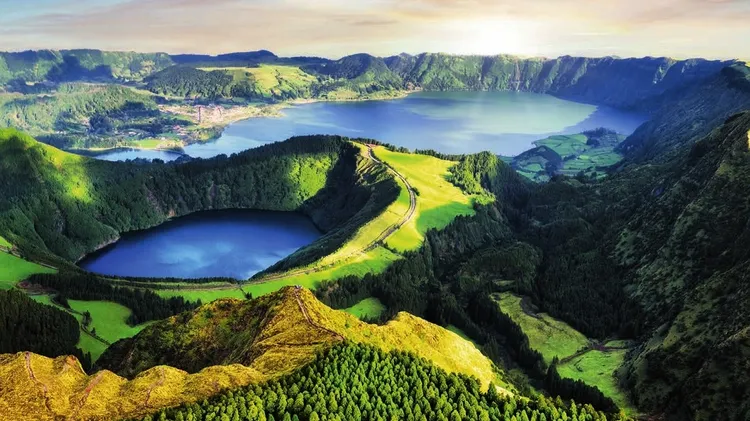The gardens of the future are diverse and beautiful. We take a look at four b
Visionary spaces
4 min read
This article is from...
Read this article and 8000+ more magazines and newspapers on Readly






